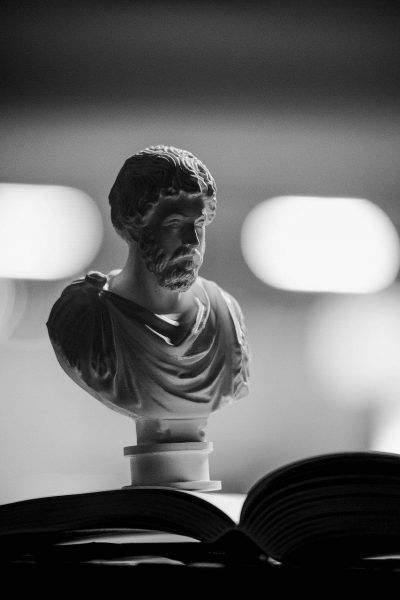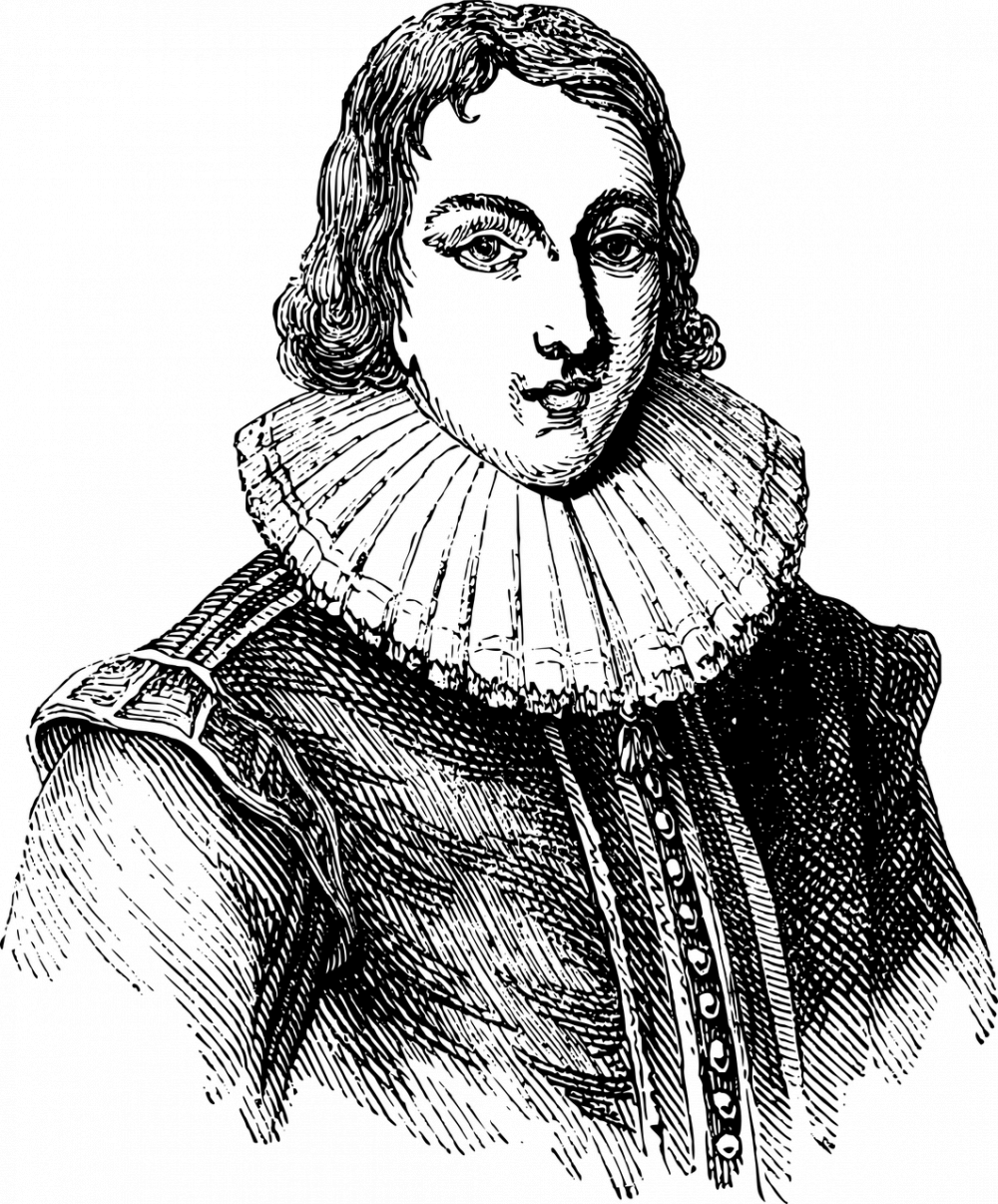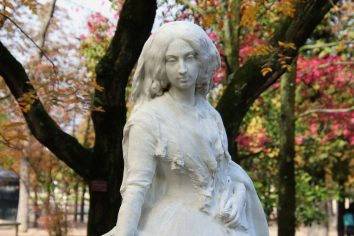Edgar Allan Poes The Raven: A Masterpiece of Gothic Poetry

Introduction:
Edgar Allan Poe’s “The Raven” is widely regarded as one of the most iconic and haunting poems in American literature. Published in 1845, this captivating piece explores themes of grief, loss, and the human psyche, making it a significant contribution to both macabre and romantic literature. In this article, we will delve into the depths of “The Raven” and unravel its historical significance, thematic elements, and enduring popularity among art enthusiasts and collectors.
Section 1: An In-depth Analysis of “The Raven”

“The Raven” revolves around the protagonist’s encounter with a talking raven that visits him in the midst of his emotional turmoil. This eerie bird serves as a symbol of the protagonist’s escalating madness and ultimately represents the narrator’s descent into darkness. Poe’s vivid descriptions and lyrical language create a chilling atmosphere, captivating readers and plunging them into the depths of despair.
One of the most distinctive features of “The Raven” is its haunting refrain, “Nevermore.” This single word, repeated throughout the poem, intensifies the sense of dread and serves as a constant reminder of the protagonist’s longing for the unattainable. Through this repetition, Poe masterfully explores the themes of death, loss, and the inability to move on from past traumas.
Section 2: The Historical Evolution of “The Raven”
“The Raven” was an instant success when it was published, captivating readers with its dark and atmospheric tone. Its popularity catapulted Edgar Allan Poe into literary fame, cementing his status as a master of the macabre genre. Despite its initial success, however, the poem faced mixed reviews from critics who were both intrigued and unsettled by the somber subject matter.
Over time, “The Raven” became an enduring symbol of Poe’s literary brilliance. It has continued to captivate generations of readers, finding its way into classrooms, literary analyses, and even pop culture references. Its influence can be seen in various adaptations, such as films, music, and theater productions, further solidifying its status as a timeless masterpiece.
Section 3: Unveiling the Themes and Symbolism
“The Raven” explores a myriad of themes, ranging from the nature of grief and the fragility of the human mind to the overwhelming presence of death. The raven itself symbolizes the narrator’s descent into madness, representing the relentless torment of his own thoughts. Additionally, the use of dark imagery and gloomy settings creates a haunting backdrop that adds to the overall atmosphere of the poem.
Through the protagonist’s interactions with the raven, Poe delves into the psychological effects of grief and the inability to let go. The raven’s refusal to offer solace or hope symbolizes the protagonist’s inability to overcome his emotional turmoil, ultimately leading to his despair.
Section 4: The Enduring Legacy of “The Raven”
Despite being written over 150 years ago, “The Raven” continues to resonate with audiences today. Its universal themes of grief, loss, and the human condition transcend time and culture, making it relatable to readers across generations. Moreover, the poem’s ability to evoke a sense of fear and foreboding has solidified its place in the annals of Gothic literature.
“The Raven” has inspired countless artists, musicians, and writers, with its impact extending beyond the realm of poetry. Its alluring darkness has captured the imagination of filmmakers, resulting in various cinematic adaptations that strive to bring Poe’s eerie world to life. Additionally, collectors and art enthusiasts value first editions and illustrated copies of “The Raven” for their historical and artistic significance, making it a highly sought-after piece for Poe aficionados.
Conclusion:
Edgar Allan Poe’s “The Raven” stands as a resounding testament to the power of macabre poetry. Its haunting refrains, atmospheric imagery, and timeless themes have ensured its prominence in the realm of literature and art. As we explore the depths of this captivating masterpiece, it becomes apparent why “The Raven” continues to fascinate and enthrall art lovers and collectors worldwide.
By delving into the historical context, themes, and enduring legacy of “The Raven,” we gain a deeper understanding of Poe’s genius and the lasting impact of this Gothic masterpiece. As art enthusiasts and collectors, we can appreciate the profound influence that “The Raven” has had on the world of literature and its significance as a cultural treasure.
FAQ
What is the historical significance of The Raven?
What is the main theme of Edgar Allan Poes The Raven?
Why is The Raven considered a significant piece for art enthusiasts and collectors?
Flere Nyheder
Personliggør dit hjem med billedrammer
Introduction: Edgar Allan Poe’s “The Raven” is widely regarded as one of the most iconic and haunting poems in American literature. Published in 1845, this captivating piece explores themes of grief, loss, and the human psyche, maki...
Jannik Hansen
06 juni 2024
Fotograf: Fanger livets øjeblikke gennem linsen
Introduction: Edgar Allan Poe’s “The Raven” is widely regarded as one of the most iconic and haunting poems in American literature. Published in 1845, this captivating piece explores themes of grief, loss, and the human psyche, maki...
Linnea Jensen
04 april 2024
Klaus Rifbjerg var en af Danmarks mest betydningsfulde forfattere og lyrikere
Introduction: Edgar Allan Poe’s “The Raven” is widely regarded as one of the most iconic and haunting poems in American literature. Published in 1845, this captivating piece explores themes of grief, loss, and the human psyche, maki...
Peter Mortensen
18 januar 2024











